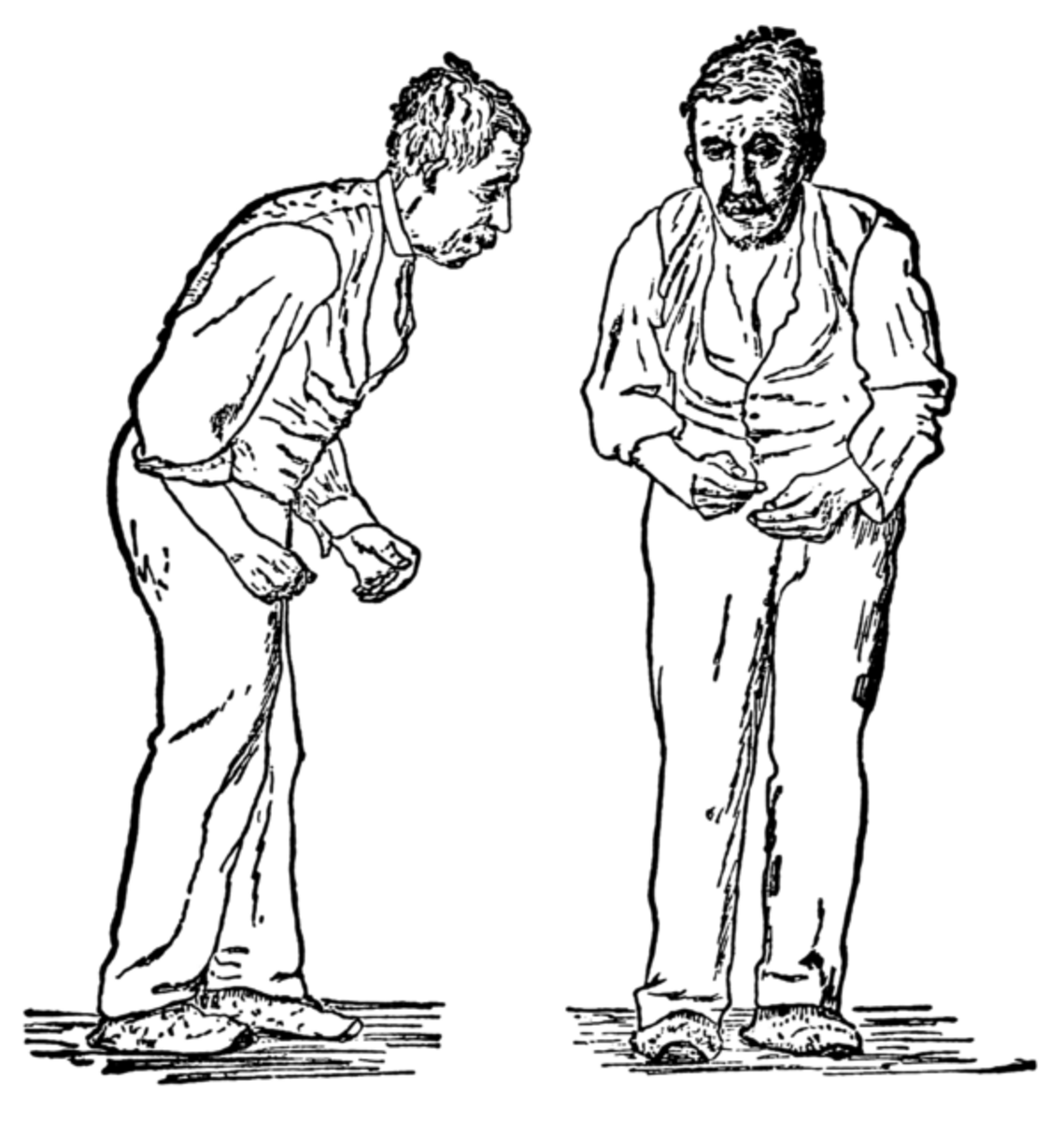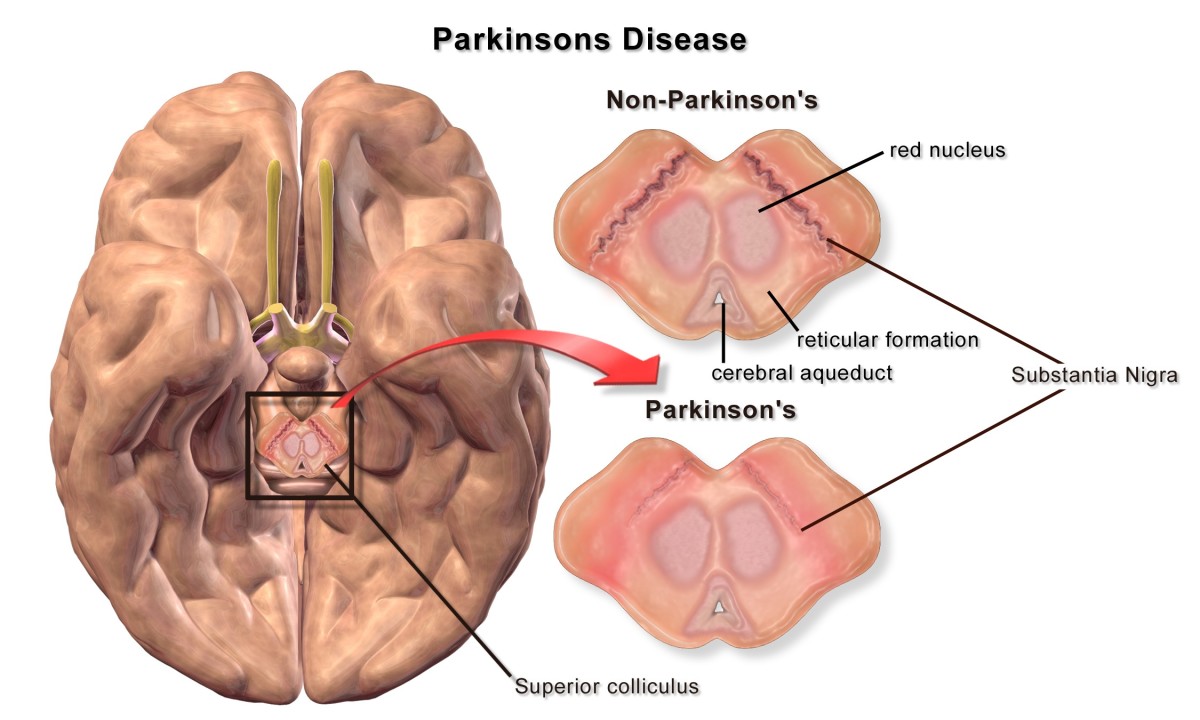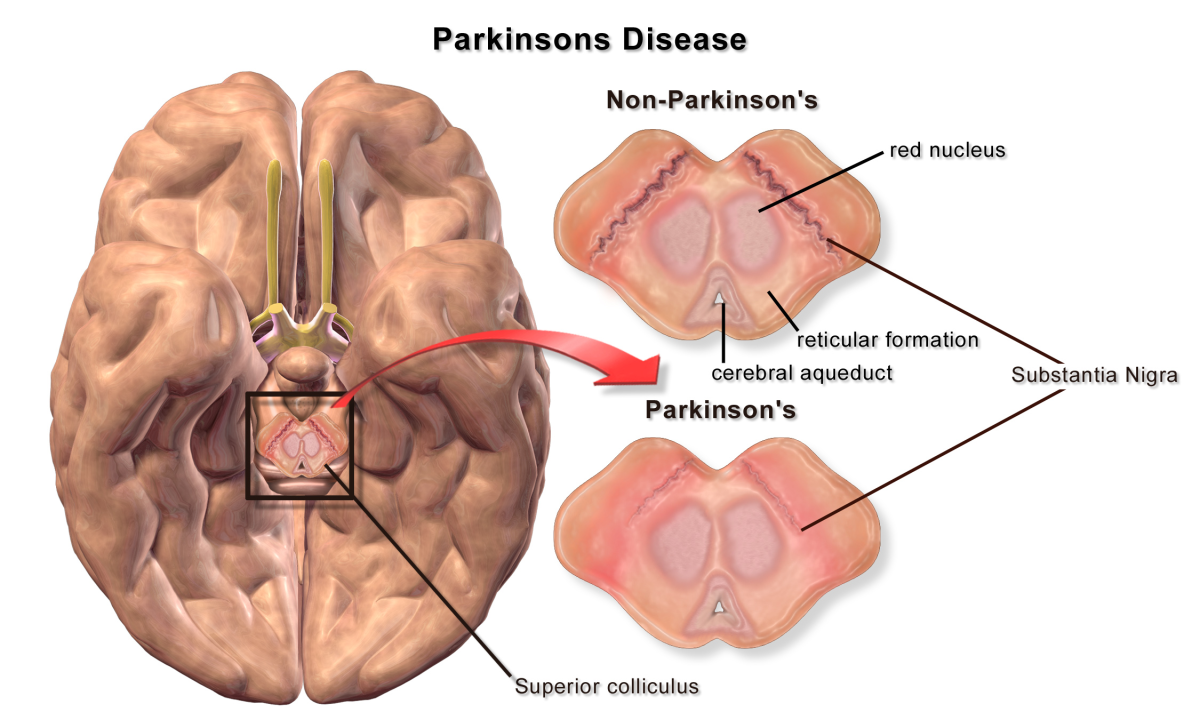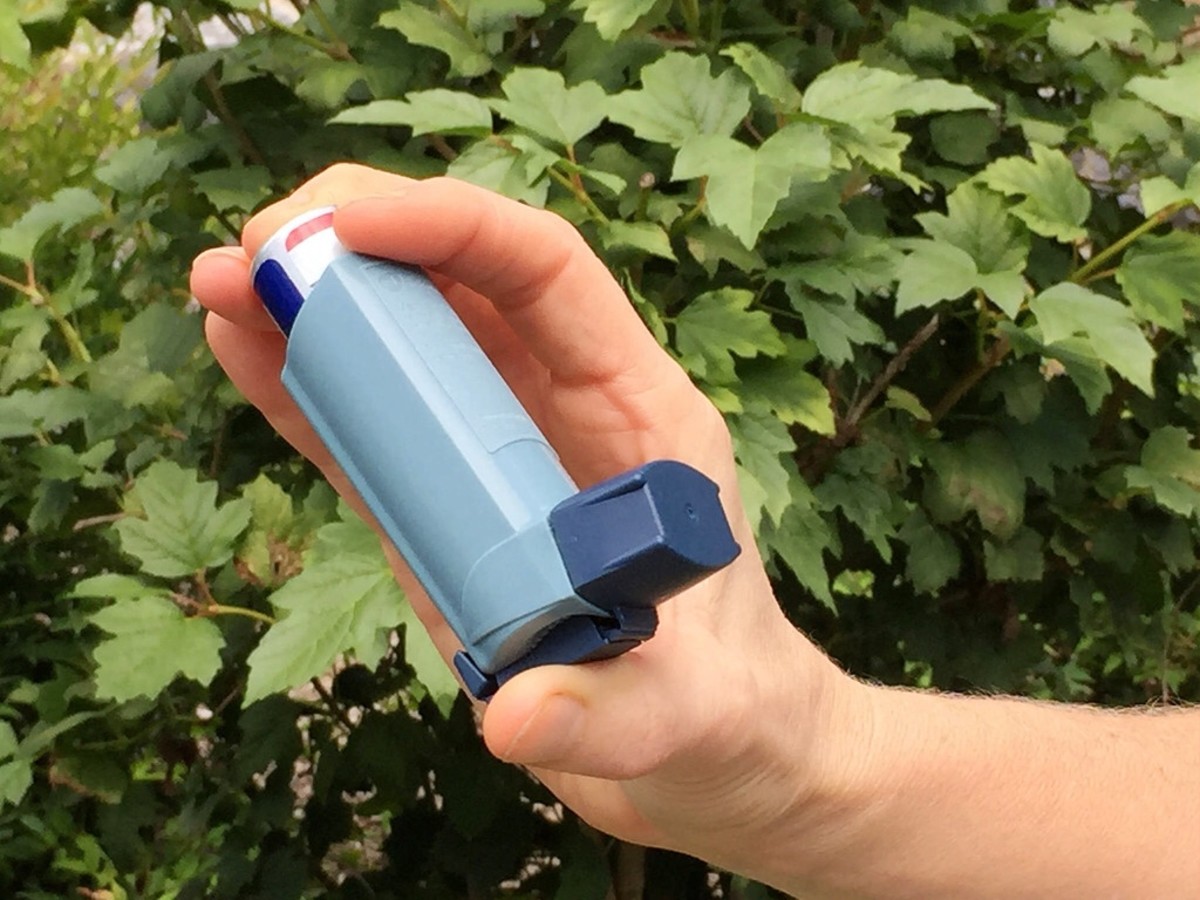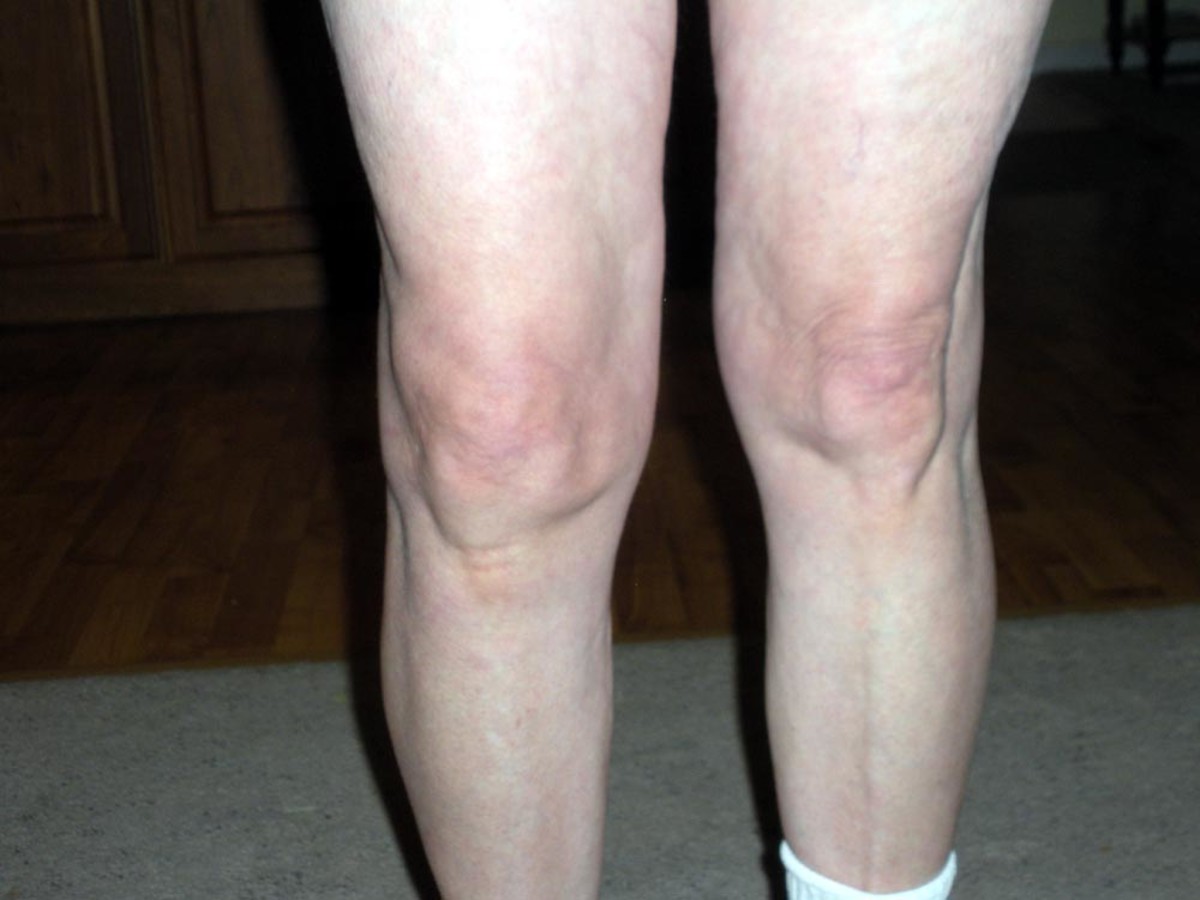Caring for the Elderly with Parkinson's Disease

WHAT IS PARKINSON'S DISEASE?
Parkinson's disease is a neurological disorder that is very common to the aging members of the population.
The number of old people affected by this debilitating disease is expected to rise over the next few years as the aging population continues to increase.
Causes of Parkinson's disease
Parkinson's disease affects an elderly person when the amount of dopamine in his brain becomes less and less due to the death of about 80 percent of the cells that produce this substance.
Dopamine is a neurotransmitter that transmits signals to the part of the brain that controls mobility and movement. This explains why Parkinson's patients have trembling hands and unstable gait. The death of that big percentage of the cells also comes with old age.
Scientists have discovered that death of the cells is caused by a protein called alpha synuclein, a substance that is found numerous in the human brain. When these proteins clump together, they cause the cells to die and consequently the person affected begins to manifest signs of Parkinson's Disease.
The cause of Parkinson's disease has been a mystery up to this modern age but medical studies show that the process of aging coupled with the individual's environment and genetics could be some of the causes of this disease. Parkinson's is a debilitating disease that affects an individual for a long period of time and will get worse over time if no proper treatment is given.
Age remains to be the most important risk factor in the occurrence of Parkinson's Disease. The average age of onset of Parkinson's Disease is 60 years old but the rate it occurs among old people increases until about 85 years old.
Symptoms of Parkinson's Disease
Motor symptoms:
- uncontrollable shaking of hands and arms called tremors.
Tremors - The most common of all types of involuntary movements characterized by twitching and repetitive movements involvinf a body part or many body parts. It occurs mostly in the hands and is usually a manifestation of a neurological disorder.
- slow body movement and mobility called bradykinesia
Bradykinesia
- problem in coordination and balance called postural instability
Postural instability
- stiffness of the arms and legs called rigidity
Rigidity
Neuropsychiatric symptoms:
- difficulty in speaking
- change in handwriting
- drooling
- body pain and fatigue
- constipation
- problem getting sleep
- difficulty in swallowing
- depression and anxiety
- temporary memory loss, impaired thinking
- problems with urinating and having sex.
Not all patients experience the symptoms, though, they vary from one patient to another.
As Parkinson's Disease progresses, symptoms of autonomic dysfunction become more noticeable and they tend to increase with the age and with the type of medications used by the patient.
What is Autonomic Dysfunction?
The symptoms that become more prominent as the patient ages include abnormal sweating, sexual dysfunction, bladder dysfunction, orthostatic hypotension, and constipation.
How to treat Parkinson's Disease
Elderly patients with Parkinson's disease should be given medications that could increase dopamine production in the deteriorating brain. However, since dopamine does not cross the blood-brain barrier, meaning it cannot penetrate the brain and the cerebro-spinal fluid, the substance dopa which is the precursor of dopamine and a substance that can cross the blood brain barrier, is used instead.
Several references, like the Canadian Journal of Neurological Sciences points to levodopa as the most effective medication for this disease although some dopamine agonists are also used. The reference states that treating patients with Parkinson's include both pharmacologic and non-pharmacologic approach and should be suited to each individual needs and to the manner by which the disease progresses aimed at minimizing the discomfort caused by the symptoms of the disability.
Treatment should be directed at improving motor functions caused by low levels of dopamine to minimize the patient's total disability.
With patients who are diagnosed with early stage of Parkinson's disease, the aim is to delay the onset of changes in motor functions and dyskinesia. Those who are in an advanced stage of the disease need to adopt a different approach to treatment in order to prevent further complications that the patient may already have developed.
Surgery and deep brain stimulation are becoming popular alternatives to medication. Deep brain stimulation involves the stimulation of the thalamus which is believed to minimize the tremors caused by Parkinson's disease. The elderly patient should talk to his or her neurologist for the best advice with regard to his or her circumstances.
Care for the elderly with Parkinson's disease.
Parkinson's disease patients experience the symptoms of the disease in stages which becomes more and more difficult to manage as the disease progresses. The primary concern of the caregiver should be to make the patient comfortable and safe to enable him to cope with the daily routine.
The living condition of the Parkinson's patient should be comfortable and suited to his needs. The use of wheelchairs, walkers and canes should be a major consideration when planning for his physical environment. There should be enough room where he can move about without the obstacles that would limit his free and safe movement.
Some of the things that could hinder the patient's safe movement are pieces of furniture, rugs, carpets, various home decors and lamps that are used to adorn the house. Architects say that pieces of furniture should be placed 5 1/2 feet apart from each other to enable wheelchairs to turn 360 degrees unobstructed.
Various types of lamps should be appropriately placed so that the patient in a wheelchair can conveniently reach them to avoid tripping or falling. Thin carpets are safer to use than those thick, shaggy rugs which could cause serious accidents. If you need to use rugs in the patient's living area, use the ones that will not cause accidents or falls to the patients.
The Bedroom
The Parkinson's patient bedroom should be big enough for him to be able to move freely and safely. Pieces of furniture in the room should not have rollers to prevent accidents caused by rolling beds, chairs, rolling serving tables and night tables.
The Bathroom
The bathroom should be designed to provide easy access for the elderly. Handrails and grab bars should be installed near the door, and on the walls of the bathroom at a level that is convenient for the Parkinson's patient. Door pulls should be installed to make it easier for the patient to open the bathroom door as he is now having difficulty grasping the doorknob.
Bathroom door locks should be removed to allow for unobstructed passage by the patient and prevent the likelihood of him being locked out of his room. There is also the danger that the patient will lose or misplace the key to the lock due to his deteriorating condition.
A ground fault interrupted gadget for electric shock should also be installed in the appliances that the patient uses to prevent electric shock by preventing electric current to run from the appliances to the patient.
If the sink in the bathroom has sharp edges, cover the edges with some kind of cushion to prevent the patient from hitting and hurting any part of his body.
Everything that a patient needs should be within his comfortable and easy reach without leaving his wheelchair. Tissue paper holders should be placed near the toilet bowl. The sink should be at a level that is easy to reach.
References
Alpha Synuclein and Parkinson's Disease
Attempts to develop an alpha synuclein therapy to treat Parkinson's Disease.
© 2012 Zee Formadero



